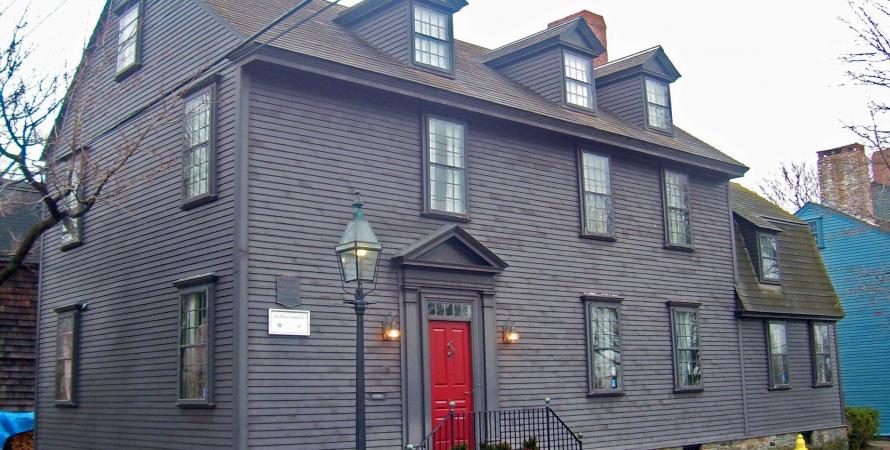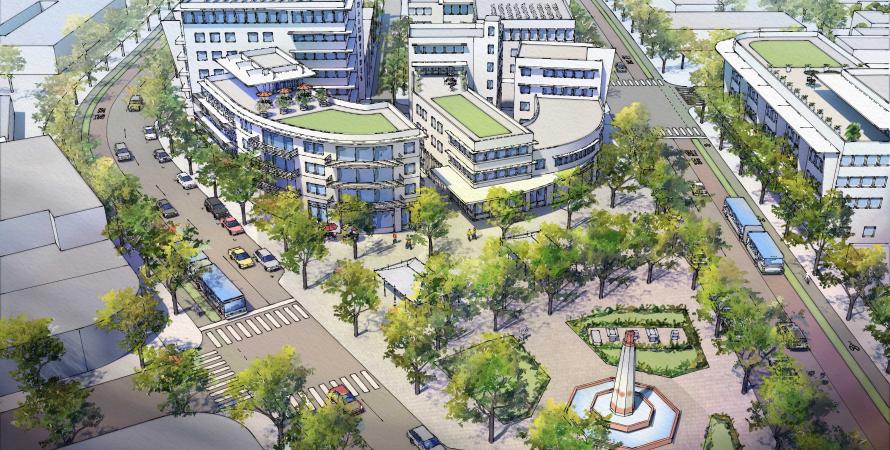-

Dealing with a donkey's view of climate change
Urbanists can contribute mightily to solving the climate problem—got any plans for the next few decades?The Congress for the New Urbanism held a Climate Summit in Alexandria, Virginia, early this month to brainstorm on solutions to climate change. The recent catastrophic hurricanes in Puerto Rico, Texas, and Florida—some link the heightened storm activity to climate change—makes the topic especially...Read more -

Harnessing civil engineering for placemaking and preservation
Harvey and Irma point out the need to think deeply about resilience to major storms in the era of climate change.In Newport, Rhode Island, the tide is rising. Local sea levels at high tide have risen eight inches in the past 75 years, threatening neighborhoods like The Point, which combines history, charm, and walkability in a way that is unique and irreplaceable. Neighborhoods in Newport’s flood zones...Read more -

Building on local assets for resilience
Plan NoBe in the North Beach neighborhood of Miami Beach sets the stage for higher construction standards to withstand sea-level rise—while strengthening defenses like sea walls, mangrove islands, and barrier beaches.Irma and Harvey raise the issue of resilience in coastal communities that are prone to hurricanes, and Miami Beach, Florida, is among the most vulnerable—yet the city is growing steadily this decade. For the Miami Beach neighborhood of North Beach, climate change, historic preservation, affordable...Read more -

From the wreckage, hope and opportunity
Citizens have a chance to go beyond business-as-usual to achieve a higher potential through recovery from the historic 2017 hurricane season.The Southeast woke up this week to destruction from Irma, the second major hurricane to hit the United States in 2017, the worst hurricane season since 2005. In terms of loss of life, there is no comparison between that year ( about 1,700 deaths from Katrina alone) and 2017, but property damage may...Read more